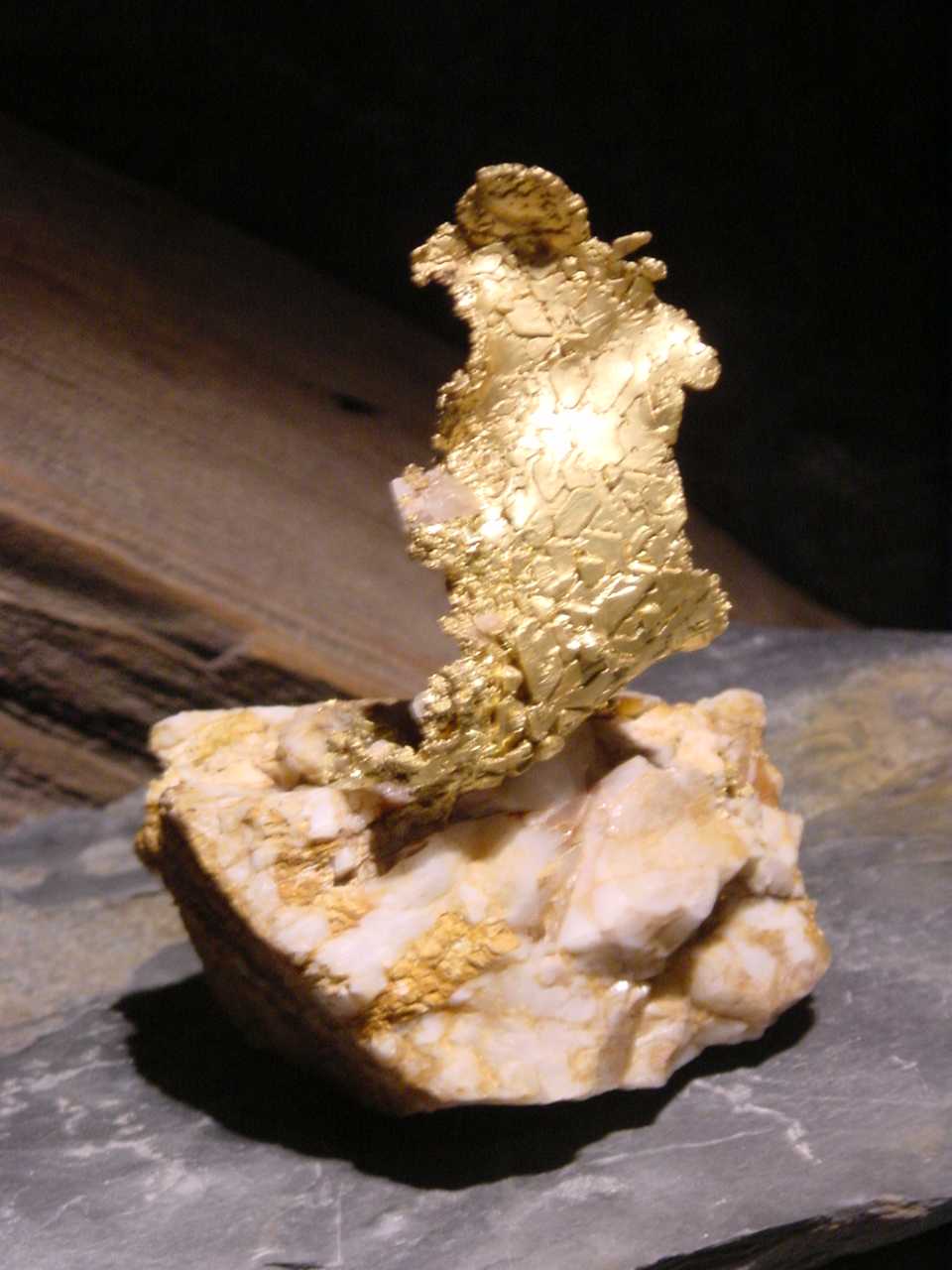Mining plays a crucial role in the extraction of valuable minerals from the Earth's crust. However, the process of mining involves various stages that significantly impact the minerals. In this blog post, we will delve into the intricate transformations that occur when minerals are mined, shedding light on the scientific and practical aspects of this fascinating process.
- Exploration and Prospecting:
Before mining operations commence, extensive exploration and prospecting activities are conducted to identify potential mineral deposits. Geologists employ advanced techniques such as remote sensing, geochemical analysis, and geophysical surveys to locate these deposits. This initial stage is crucial in determining the quantity and quality of minerals present in a given area. - Extraction and Excavation:
Once a mineral deposit is identified, the extraction process begins. Depending on the type of mineral and its location, various methods such as open-pit mining, underground mining, or placer mining may be employed. Open-pit mining involves the removal of overlying soil and rock layers to expose the mineral deposit. Underground mining, on the other hand, involves tunneling into the Earth to access the mineral-bearing veins. Placer mining involves the collection of minerals from riverbeds and stream sediments. - Crushing and Grinding:
After the minerals are extracted, they are typically in a raw or ore form that requires further processing. The next step involves crushing and grinding the ore to reduce its size and increase its surface area. This process facilitates the separation of valuable minerals from the gangue (unwanted material). Crushing and grinding are often carried out using crushers and mills, which employ mechanical force to break down the ore into smaller particles. - Beneficiation and Separation:
Once the ore is reduced in size, it undergoes beneficiation, a process that aims to separate the valuable minerals from the gangue. Various techniques such as gravity separation, magnetic separation, and froth flotation are employed based on the physical and chemical properties of the minerals. These methods exploit differences in density, magnetic susceptibility, and surface properties to achieve efficient separation. - Smelting and Refining:
After the beneficiation process, the concentrated minerals are subjected to smelting, where they are heated at high temperatures to extract the desired metal. Smelting involves the use of furnaces and chemical reactions to separate the metal from impurities. The resulting metal is then further refined through processes like electrolysis or chemical precipitation to obtain a purer form. - Environmental Considerations:
Mining operations have a significant impact on the environment. It is crucial to implement sustainable practices to minimize the ecological footprint of mining activities. Measures such as reclamation of mined areas, water management, and responsible waste disposal are essential to mitigate the environmental consequences of mining.
Conclusion:
Mining is a complex process that involves the transformation of minerals from their natural state to valuable commodities. Understanding the various stages of mining, from exploration to refining, provides insights into the scientific and practical aspects of this industry. By adopting sustainable practices, we can ensure responsible mining that balances the need for mineral resources with environmental preservation.


